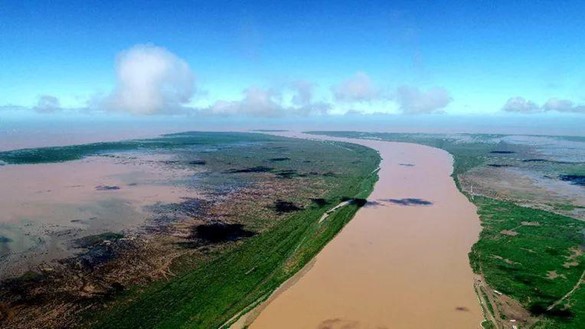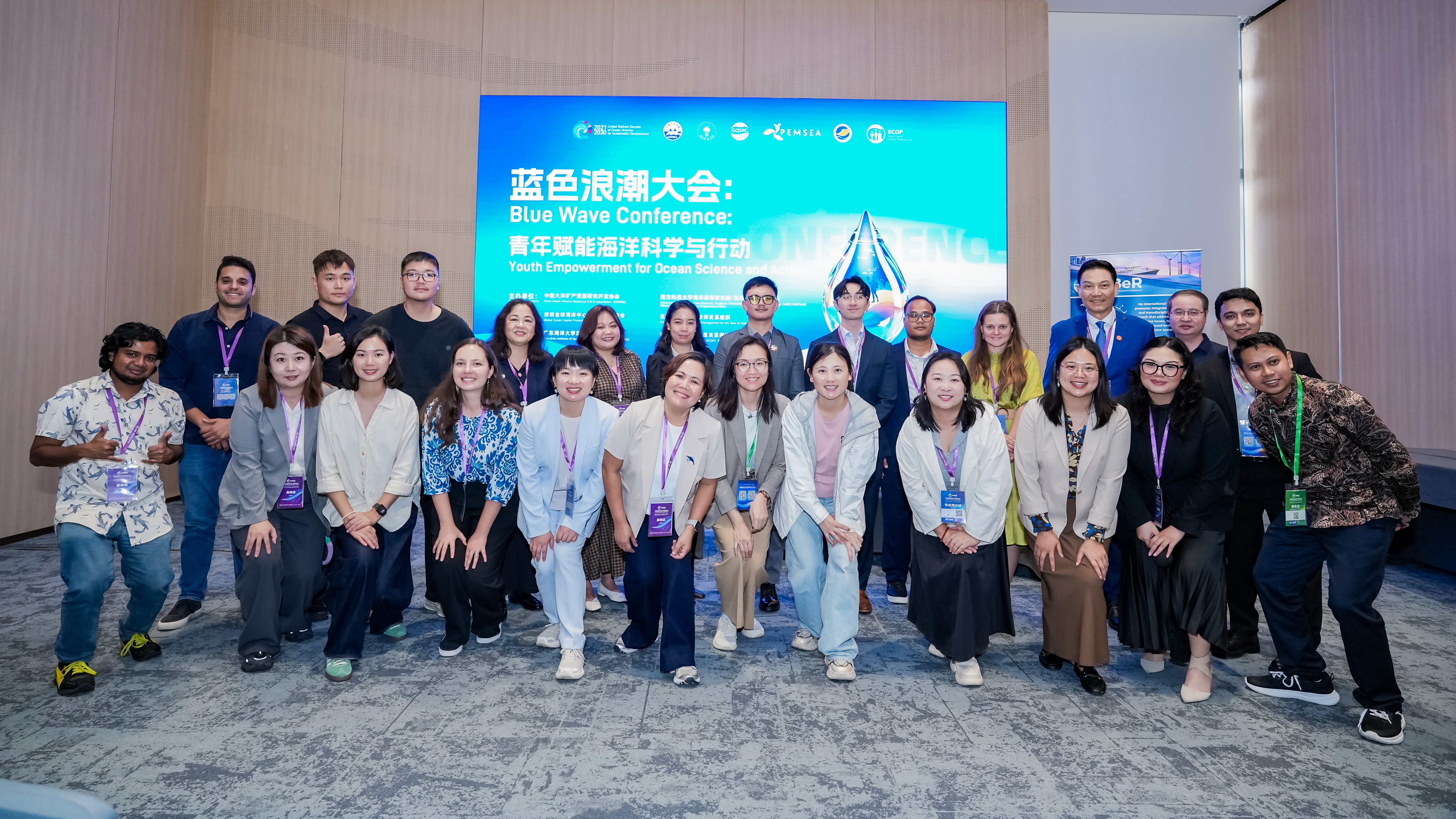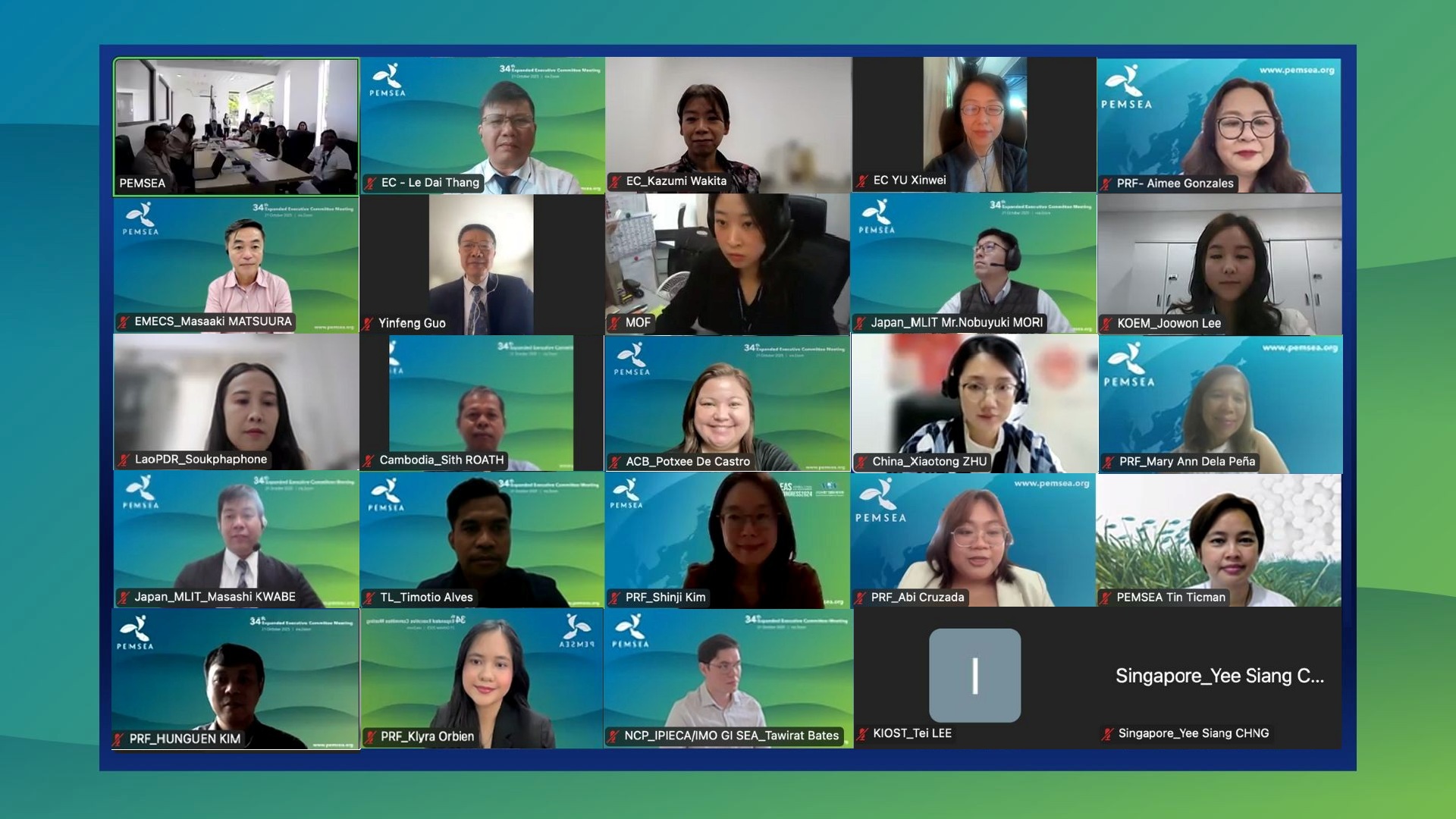Integrated Coastal Management of Dongying: The Estuarine City of the Yellow River
Monday, 29 July 2024

Dongying, a city located at the estuary of the Yellow River with a population of over 2.2 million people, has worked to maintain a balance between its existing and future industrial plans with increased attention to environmental imperatives. The city is part of a large urban network major cities in Shandong province, which links to further cities including the national capital of Beijing.
The coastal areas of Dongying are known for their rich natural mineral resources such as oil, natural gas, brine, and geothermal energy. The Sinopec Shengli Oilfield helped spur the city’s modern development, and forms a core part of the wider Bohai Oilfield.
Relying on oil and gas resources, this city has established large manufacturing industries involving rubber tires and high-end manufactured products. Continued investments into the city have extended its importance within Shandong province and in the country. Infrastructure links are expanding to other cities, further integrating the local economy into the wider economy of the province and other cities around the Bohai Sea.

Dongying city is located where the long Yellow River completes its journey towards the Bohai Sea. Its economic activities co-exist with areas of national and international ecological significance. This includes 463 km of coastline featuring vast expanses of mudflats and other natural ecosystems where the Yellow River fans out into a biologically diverse wetland estuary ecosystem.
The Yellow River Delta National Nature Reserve, established in 1992, has been recognized as a Ramsar Wetland of International Importance. Dongying City has a total of 4,567.73 km² of various types of wetlands, which cover 41.58% of the city and are home to 1,632 animal species and 685 plant species. The wetlands serve as a crucial stopover for migrating birds along the East Asian Australasian Flyway and the West Pacific Rim Flyway, supporting 373 bird species. This city is notably the world’s most important breeding ground for Oriental White storks and the second largest breeding ground for Saunder’s Gulls. It is also the second largest wintering habitat for the Siberian Crane and recorded as the southernmost breeding site of the Red-crowned Cranes.
Integrated and sustainable management strategy

The government of Dongying is actively seeking to unlock the benefits of both the economic and environmental resources of the city, showing a strong commitment to sustainable development. The economic development plans along Dongying’s coastal area is delivered through the framework of Integrated Coastal Management (ICM). ICM is regarded as a comprehensive and holistic approach of managing coastal resources and activities to ensure that coastal economic development is sustainable and takes into account wider impacts on the environment. The process requires coordinating various stakeholders to achieve environmental, economic, and social objectives.
ICM aims to protect and restore coastal ecosystems while allowing for the sustainable use of coastal resources. The government is committed to maintaining a pollution-free Yellow River estuary and a model nature reserve through coordinated land and sea development efforts. The strategy seeks to reduce the pollution impact of the economy, and unlock recreational opportunities for residents.
Strengthening coastal governance and diversifying development

The rule of law is enforced consistently to ensure the strategic implementation of ICM. Strong coastal development controls and natural shoreline protection and restoration have led to a total natural shoreline retention rate of 56.2% in this city. The government strictly controls reclamation activities, maintaining stable and standardized sea use. The coastal use protection policies rigorously regulate the marine ecological red line, ensuring that the ecological function, regional coverage, and nature of the 287,000-hectare marine ecological red line area are preserved.
Use of renewable energy
The city is diversifying to increase the installation of wind and solar power. Offshore areas are notable for their average wind speeds of 7.6 meters per second at 100 meters and a radiation energy of 5,253 MJ/m², which are ideal for renewable energy projects.
The utilization of photovoltaic power was also going further of national efforts. A new model of the photovoltaic power combined mariculture fishery was conducted in this city such as the Hongguang Fishery 800 MW Photovoltaic Power Generation Project, a collaboration between China Resources Power Shandong New Energy Company and Dongying Finance Investment Corp Co., Ltd.. It combines fisheries and solar power generation, creating an area that contributes both to food and energy security.
Restoring eco-habitat and creating benefits for communities
Where natural ecosystems have degraded, Dongying is taking active efforts to improve ecosystem quality. Since 2019, 1.274 billion yuan has been invested in marine ecological protection and restoration projects, restoring 2,197 hectares of coastal wetlands, 549.57 hectares of retreating beaches, and 5.326 kilometers of natural coastline. Future plans include restoring 1,193 hectares of salt alkali ponds and 50 hectares of seagrass beds, and building 2,364 hectares of pile reef bodies.
Dongying has implemented comprehensive measures to control the invasive spread of Smooth Cordgrass (Spartina alterniflora Loisel), utilizing drone aerial photography, remote sensing, and on-site surveys. The city has developed effective management models and significantly reduced the spread of this invasive species.
The city has also sought to integrate nature into urban life, maintaining extensive wetland areas within its urban core, using them as public parks that enhance the city's livability and ecological value. It has developed eco-tourism, becoming recognized as the “Hometown of the Oriental White Storks in China”. Other attractions include the vibrant “red carpet” phenomenon where the wetland’s plants shift from green to red in the autumn.
Dongying's implementation of integrated coastal management embodies a harmonious balance between economic development and ecological conservation, which underscores the city's efforts in legal enforcement, ecological restoration, invasive species control, and sea use supervision and highlight its commitment to sustainable coastal management. By incorporating nature into urban development and embracing renewable energy sources, Dongying endeavors to serve as a model for other coastal cities to achieve sustainable economic and environmental growth.



